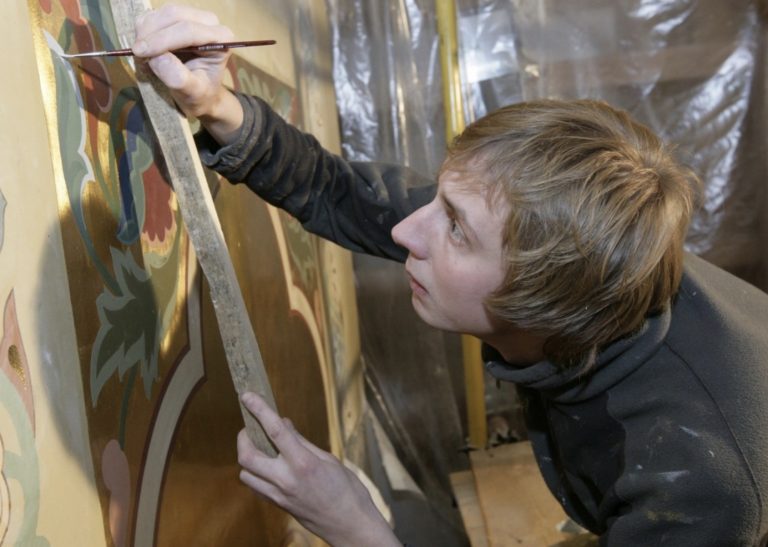When it comes to DIY, preparation is crucial. Painting requires time and effort, but taking the time to prepare surfaces properly with appropriate decorating tools ahead of time will not only save you time and money in the long run, but will also ensure that you receive a smooth and flawless finish. Here’s how to prepare the walls for painting.
Within the home, walls and ceilings are often the most frequent surfaces to paint, so it’s important to know how to prepare them properly.
- Make sure you have a clean and clear working space before beginning any painting or preparation. Any mirrors, frames, fixtures, fittings, or other objects that will get in the way of the surface you’re working on should be removed.
- Finally, use a paint scraper to remove any loose paint, plaster, or pieces of paper from the wall to ensure that it is free of bumps and flaws.
- Examine the surface for any holes or cracks that need to be filled – failing to do so will lead to bigger holes and cracks appearing in the future, as well as making your completed paint job appear messy. To begin, use sugar soap to clean the cracks to ensure there are no dust or debris inside them. Dust might prevent the filler from adhering properly to the wall.
- Fill the hole with a flexible filler knife and a hole filler to fill the gap. To ensure that it’s as smooth as possible, spread it out. While applying the product, make sure you apply it in several directions and then use a single downward stroke to remove any extra. You’ll next need to allow this to dry fully.
- Fill in nail holes and gaps with filler that’s slightly higher than the surrounding surface. Using sanding gloves, smooth down the filler until it is completely flush with the wall surface. Wear a mask and eye protection while performing this task.
- Taking a fresh and clean sanding cloth, lightly sand the rest of the wall to make sure there are no bumps or peeling paint. Sanding the surface gives it a smooth backdrop on which to work, as well as a rough texture that will be simpler for the paint to stick to.
- Rinse the wall with warm water to remove any traces of the sugar. Brush away any extra dust and give it a last clean with a sugar soap solution, then use warm water to completely remove grease, dirt, and fingerprints. Over time, grease, dirt, and fingerprints can accumulate on walls; thus, they need to be meticulously cleaned. Allow the surface to dry fully after it has been cleaned and is completely smooth.
- Finally, use good quality masking tape to mask any areas you don’t want to be painted, like windows, cornices, and trims. Make sure the tape is pushed down firmly over the edges to ensure that they are straight. To avoid ripping the tape off at a 45° angle after it’s been applied, wait until the paint is dry.
- The final step in preparing the wall for painting is to apply an undercoat or primer with paint brushes from ADA Fastfix. This will result in a more uniform paint application overall.
